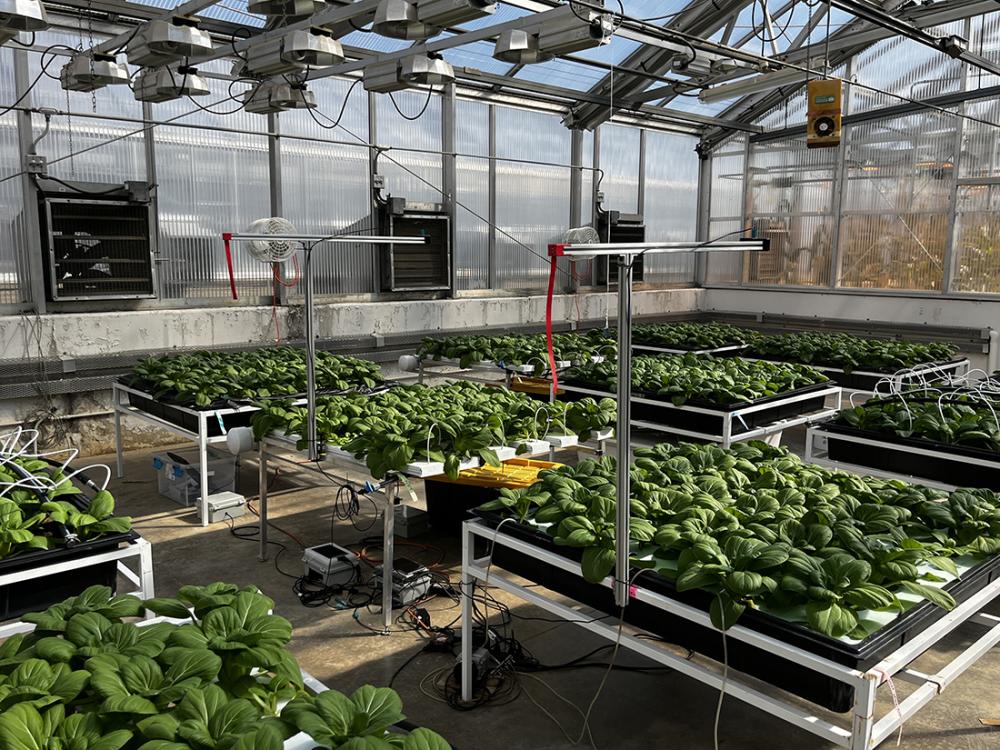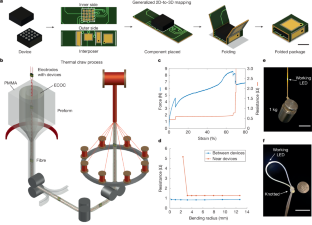2025-02-27 ペンシルベニア州立大学(PennState)

In this study, the integrated machine vision system successfully isolated individual baby bok choy plants growing in a soilless system, producing frequent images that tracked increased leaf coverage area throughout their growth cycle. Credit: Penn State. Creative Commons
<関連情報>
- https://www.psu.edu/news/research/story/new-computer-vision-system-can-guide-specialty-crops-monitoring
- https://www.sciencedirect.com/science/article/abs/pii/S0168169924012572
環境制御型農業におけるモノのインターネット(IoT)技術を用いた白菜の成長モニタリングのための再帰的セグメンテーションモデル A recursive segmentation model for bok choy growth monitoring with Internet of Things (IoT) technology in controlled environment agriculture
Chenchen Kang, Xinyang Mu, Aline Novaski Seffrin, Francesco Di Gioia, Long He
Computers and Electronics in Agriculture Available online: 2 January 2025
DOI:https://doi.org/10.1016/j.compag.2024.109866
Highlights
- Developed a recursive segmentation model for continuous bok choy growth monitoring.
- Integrated IoT and computer vision for real-time plant growth analysis in CEA systems.
- Achieved high segmentation accuracy with IoU scores starting at 0.99 and maintaining 0.90.
- Enhanced plant monitoring precision using sequential image data and temporal continuity.
- Potential for optimized nutrient management and growth optimization in hydroponic systems.
Abstract
The increased adoption of controlled environment agriculture (CEA) and soilless growing systems (SGS) offers new opportunities to advance the year-round production of high-quality specialty crops through the development and implementation of precision agriculture solutions. Traditionally, crop monitoring in CEA soilless systems is a critical time-consuming task requiring specialized personnel. Nevertheless, traditional crop monitoring methods do not allow frequent data collection to capture the plant growth dynamics throughout the crop cycle. Automated crop monitoring systems may allow continuous monitoring of the crop with frequent data collection and a more efficient and informed management of the crop. In this study we developed an integrated Internet of Things (IoT) and computer vision system tailored for CEA-SGS, enabling continuous monitoring and analysis of plant growth throughout the crop cycle. The core innovation of this research is the implementation of a recursive image segmentation model that processes sequential image data to accurately track temporal changes in plant growth. The vision system developed is supported by an IoT framework designed to capture high-resolution imagery at predetermined temporal frequencies. Tested on bok choy grown in an NFT (nutrient film technique) SGS, the integrated system developed successfully segmented individual plants and tracked leaf coverage area throughout their growth cycle. The quantitative analysis of Intersection over Union (IoU) scores among the segmentation approaches showed that the recursive model began with an IoU score of 0.99 during the early growth stages and maintained a robust performance, achieving a score of 0.90 at later stages. These findings demonstrate that the recursive segmentation approach significantly enhanced the precision of the bok choy crop monitoring. The outcome of this study facilitates the potential development of decision support systems for the efficient management and optimization of crops in soilless CEA systems.



